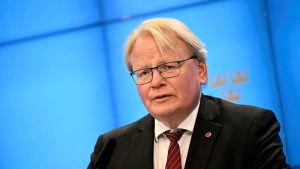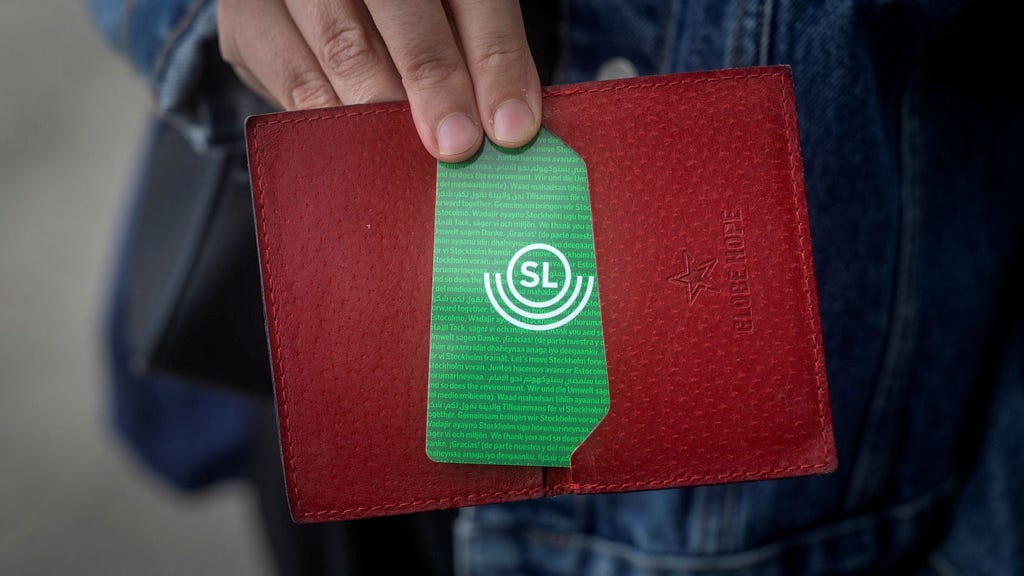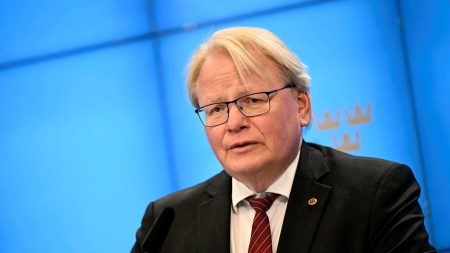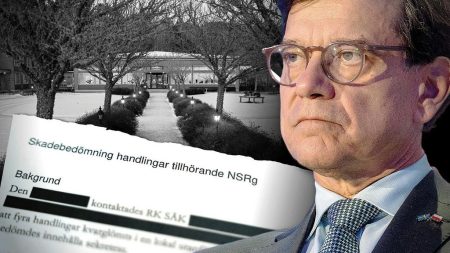Stockholm Public Transport (SL) Fare Hike: A Detailed Analysis of the 2025 Price Increase
The Stockholm Public Transport (SL) implemented a fare increase effective January 8, 2025, driven by persistent financial challenges. This price hike, announced in October 2024 by Traffic Regional Councillor Anton Fendert, aims to address the strained economic situation faced by SL, despite a slightly improved financial standing. While acknowledging the relative stability of the current financial situation, Fendert emphasized the continued existence of significant economic obstacles requiring decisive action. This price adjustment primarily impacts adult fares, with concessions for seniors, students, and youth remaining unchanged. The decision to raise fares reflects the ongoing struggle to balance operational costs against the need to maintain and improve public transport services in the Stockholm region.
The price increase affects various ticket types, with the most substantial impact being on the 30-day travelcard. The cost of topping up a 30-day pass will see a 40 SEK increase, rising from 1020 SEK to 1060 SEK. Single journey tickets also saw a slight increase of 1 SEK, moving from 42 SEK to 43 SEK. Adding to the overall cost for commuters is the price hike for the SL access card itself, which doubled from 20 SEK to 50 SEK. This increase in the initial outlay for the card represents an added expense for new passengers joining the SL network. The combined impact of these price adjustments places an additional financial burden on adult commuters utilizing the public transport system in Stockholm.
Despite the fare increases coming into effect on January 8th, SL provided an opportunity for commuters to mitigate the immediate financial impact. Passengers had the option of purchasing period tickets at the pre-increase prices until January 7th, 2025. A key benefit was the ability to delay the activation of these pre-purchased tickets for up to 60 days, allowing commuters to continue traveling at the 2024 rates for an extended period. This option provided a valuable window for savvy commuters to lock in lower fares before the price hike took effect. The proactive communication of this option by SL through their website demonstrates a commitment to minimizing the disruption to passengers and providing cost-saving opportunities during the transition to the new fare structure.
The new fare structure for SL introduces a range of price points for various period tickets, all of which have been adjusted upwards. The annual 365-day ticket is now priced at 11,130 SEK, providing a long-term travel option for regular commuters. For shorter durations, a 90-day ticket is available for 3,070 SEK, while the 30-day pass stands at 1,060 SEK. Weekly and shorter-term travel options include a 7-day ticket priced at 470 SEK, a 72-hour ticket for 360 SEK, and a 24-hour ticket costing 180 SEK. These various options cater to diverse travel needs, from daily commutes to occasional trips within the Stockholm region. The price adjustments across all ticket durations aim to align fares with operational costs and ensure the financial sustainability of the public transport system.
The decision to maintain existing fares for specific demographic groups underscores SL’s commitment to providing accessible public transport. Pensioners, students holding a student ID with the SL logo, and youth will continue to benefit from the pre-increase fares. This targeted approach aims to minimize the financial burden on these groups, recognizing the potential impact of increased fares on their travel budgets. The preservation of concessionary fares demonstrates a social responsibility to ensure affordable mobility for these vulnerable demographic groups within the Stockholm community. It balances the need to address financial challenges with the importance of providing equitable access to public transportation for all.
In summary, the 2025 fare increase for SL reflects the ongoing challenges faced by public transport systems in balancing operational costs with accessible fares. The price adjustments, while impacting adult commuters, aim to ensure the long-term financial stability and sustainability of the SL network. The provision of advance purchase options and the maintenance of concessionary fares demonstrate SL’s efforts to mitigate the impact on passengers and maintain equitable access to public transport for all segments of the Stockholm community. The implementation of this new fare structure represents a crucial step in securing the future of public transportation in the region, while acknowledging the financial realities of operating and maintaining a comprehensive transit system.














